Advancements in Veterinary Medicine
The Veterinary Pain Management Market is significantly influenced by advancements in veterinary medicine. Innovations in drug formulations, delivery methods, and diagnostic tools are enhancing the ability of veterinarians to manage pain effectively. For instance, the introduction of long-acting analgesics and novel drug delivery systems has improved pain control in various animal species. Furthermore, the integration of technology, such as telemedicine and wearable devices, allows for better monitoring of pain levels in pets. According to recent estimates, the veterinary pharmaceuticals segment is projected to grow at a compound annual growth rate of 7% over the next five years. This growth reflects the ongoing commitment to improving pain management strategies within the Veterinary Pain Management Market.
Increased Awareness of Animal Welfare
The Veterinary Pain Management Market is benefiting from a heightened awareness of animal welfare among pet owners and veterinarians alike. As society places greater emphasis on the ethical treatment of animals, there is a growing expectation for veterinarians to provide comprehensive pain management solutions. This shift in perspective is leading to more proactive approaches in addressing pain in animals, particularly in surgical and post-operative care. Research indicates that nearly 70% of veterinarians report an increase in client inquiries regarding pain management options. This trend is likely to foster a more compassionate approach to veterinary care, ultimately driving growth in the Veterinary Pain Management Market as stakeholders prioritize the well-being of animals.
Growing Demand for Pain Management Solutions
The Veterinary Pain Management Market is experiencing a notable increase in demand for effective pain management solutions. Pet owners are becoming increasingly aware of the importance of alleviating pain in their animals, leading to a rise in consultations with veterinarians. This trend is supported by data indicating that approximately 60% of pet owners consider pain management a critical aspect of their pets' healthcare. As a result, veterinary practices are expanding their offerings to include a variety of pain management options, such as analgesics, anti-inflammatory medications, and alternative therapies. This growing demand is likely to drive innovation and investment in the Veterinary Pain Management Market, as companies strive to meet the evolving needs of both veterinarians and pet owners.
Rising Incidence of Chronic Conditions in Pets
The Veterinary Pain Management Market is experiencing growth due to the rising incidence of chronic conditions in pets. Conditions such as arthritis, cancer, and obesity are becoming increasingly prevalent among companion animals, necessitating effective pain management strategies. Data suggests that approximately 20% of dogs and 30% of cats are affected by arthritis, leading to a significant demand for pain relief solutions. As pet owners seek to improve their animals' quality of life, veterinarians are compelled to adopt comprehensive pain management protocols. This trend is expected to drive the expansion of the Veterinary Pain Management Market, as more products and services are developed to address the specific needs of pets suffering from chronic pain.
Regulatory Support for Pain Management Products
The Veterinary Pain Management Market is also shaped by regulatory support for pain management products. Regulatory agencies are increasingly recognizing the importance of effective pain management in veterinary medicine, leading to streamlined approval processes for new analgesics and therapies. This supportive regulatory environment encourages pharmaceutical companies to invest in research and development, resulting in a wider array of pain management options for veterinarians. For example, recent changes in regulations have facilitated the introduction of new formulations that are safer and more effective for various animal species. As a consequence, the Veterinary Pain Management Market is likely to see an influx of innovative products that enhance pain management practices.
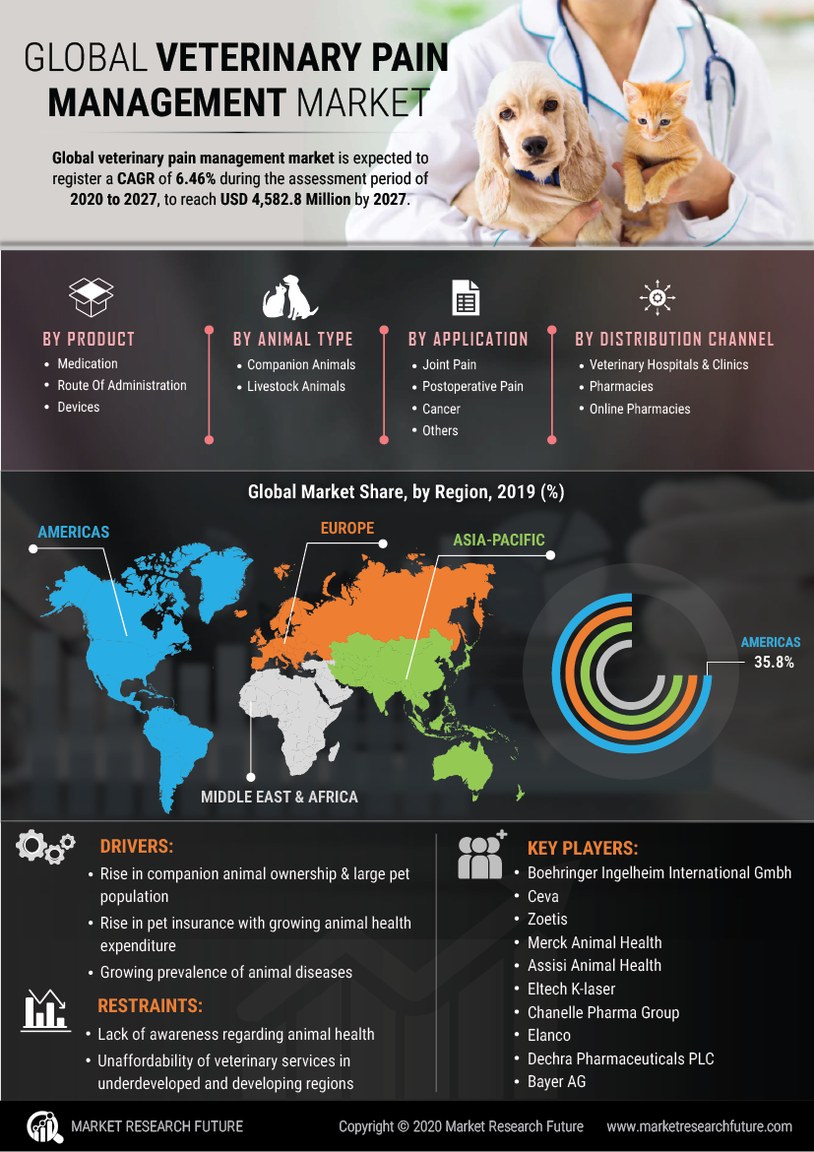


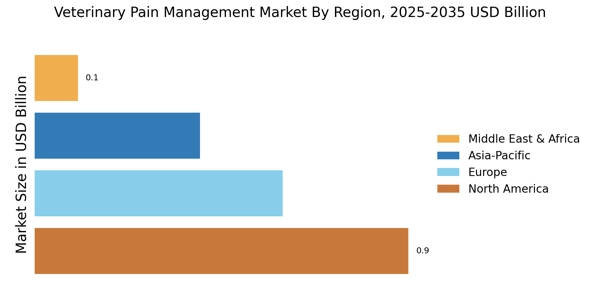

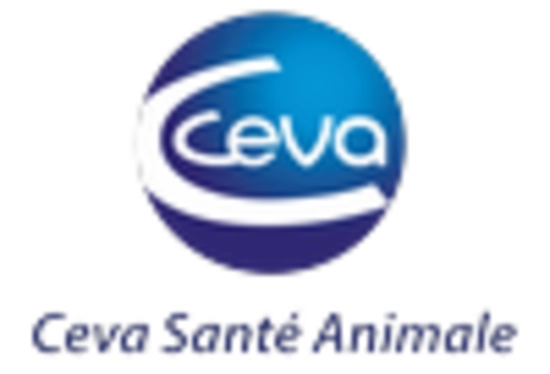
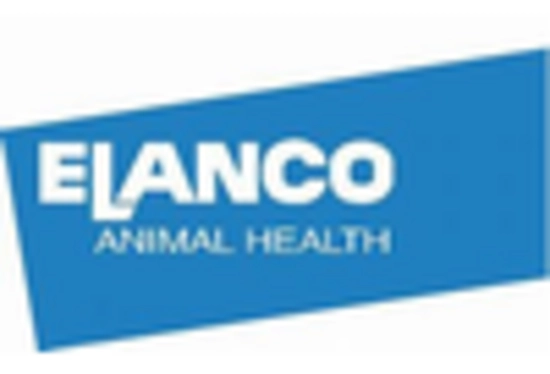


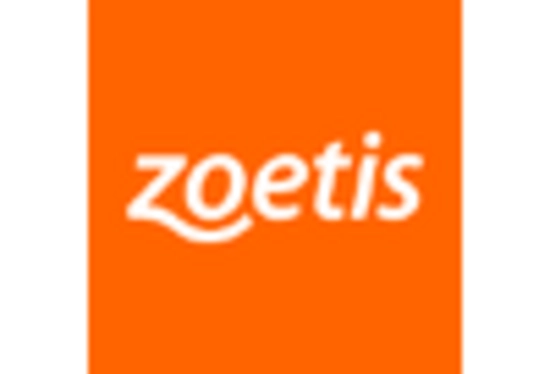








Leave a Comment